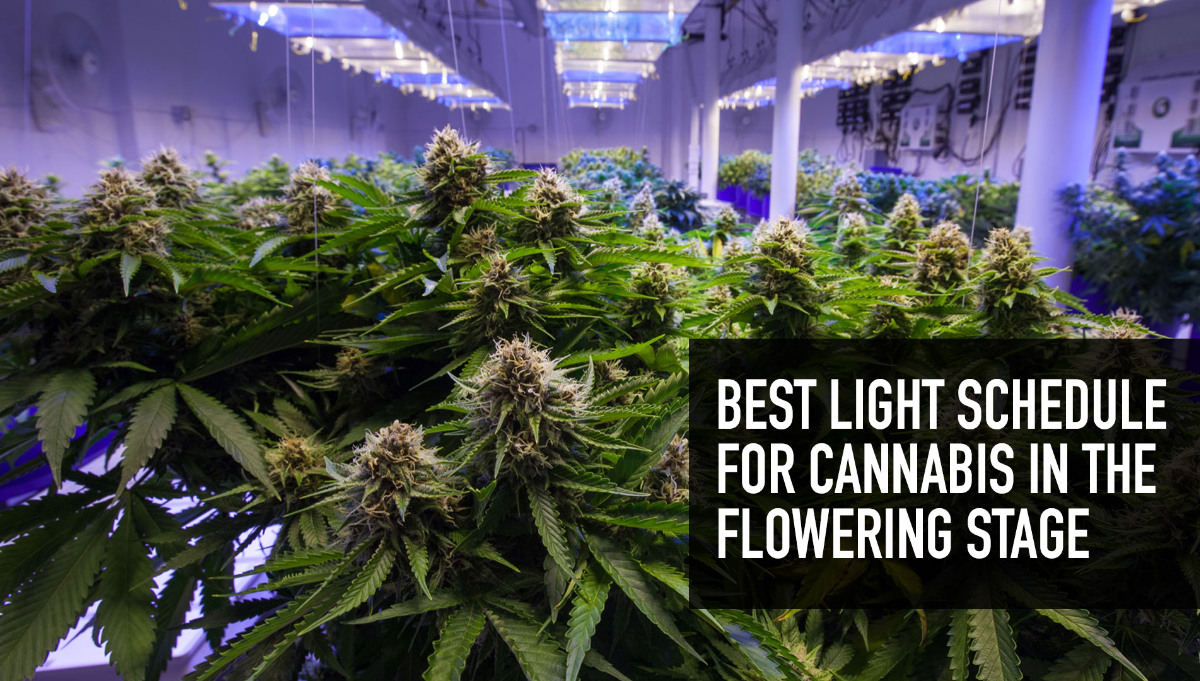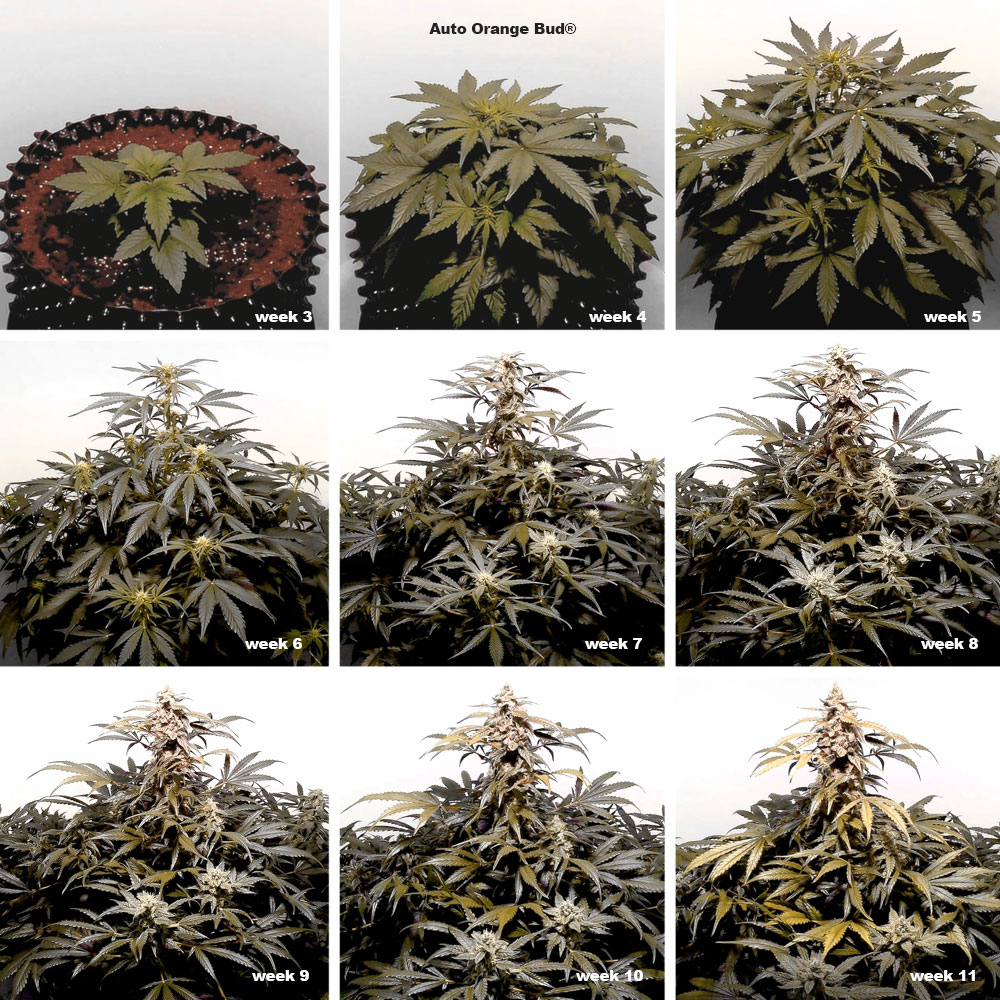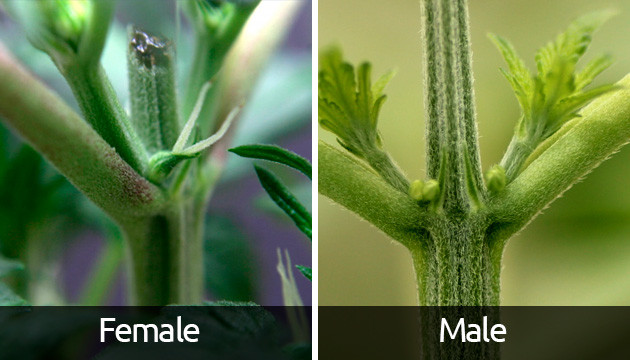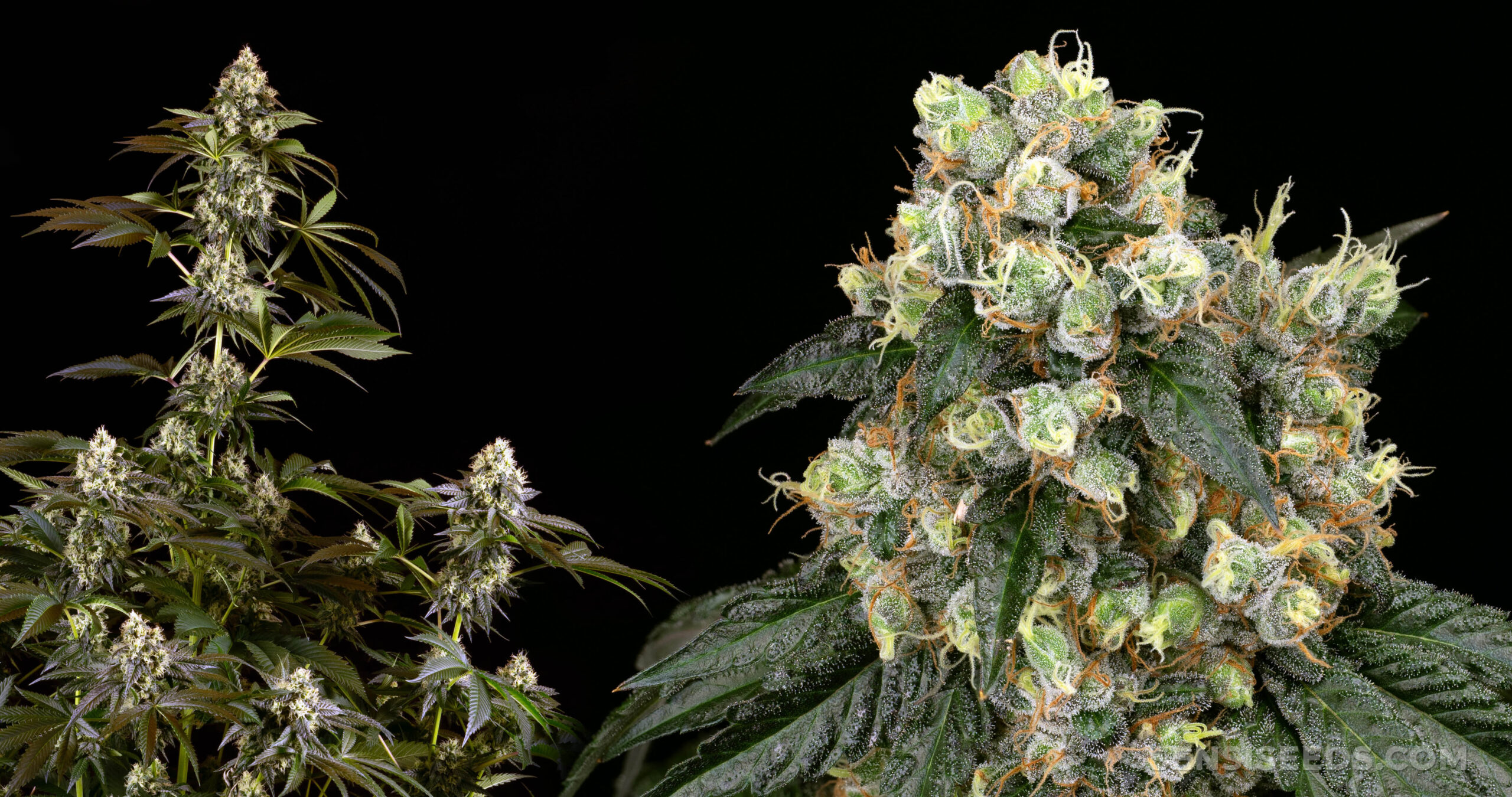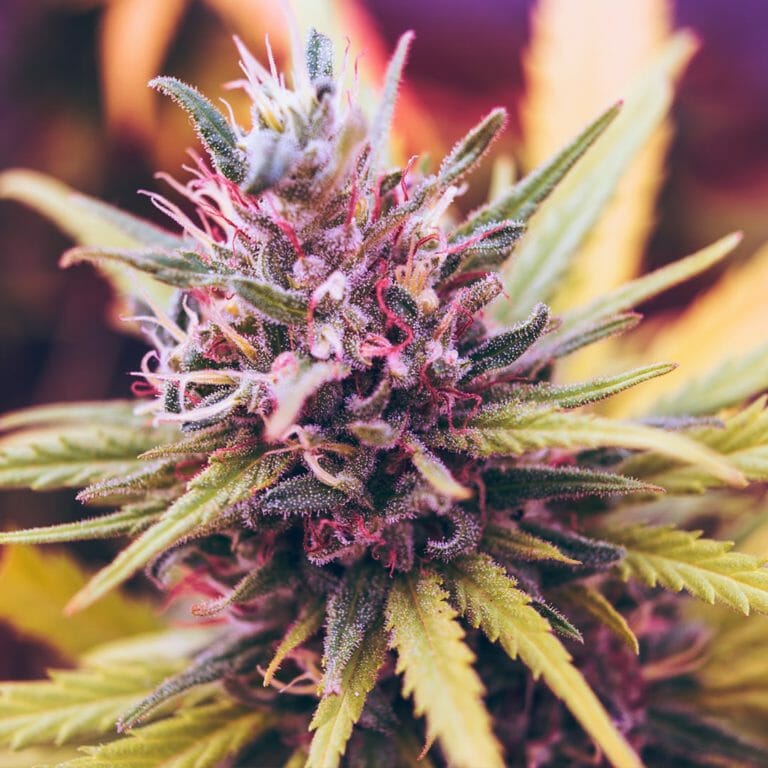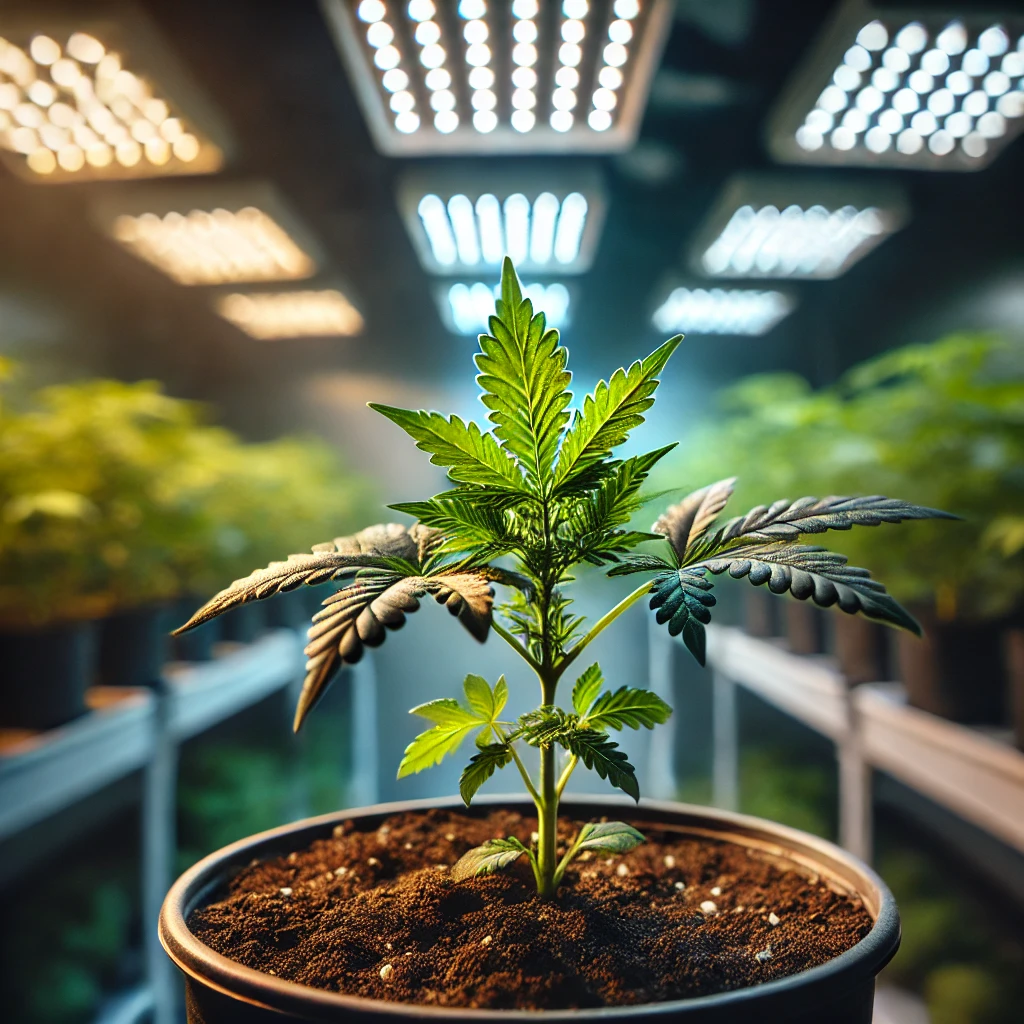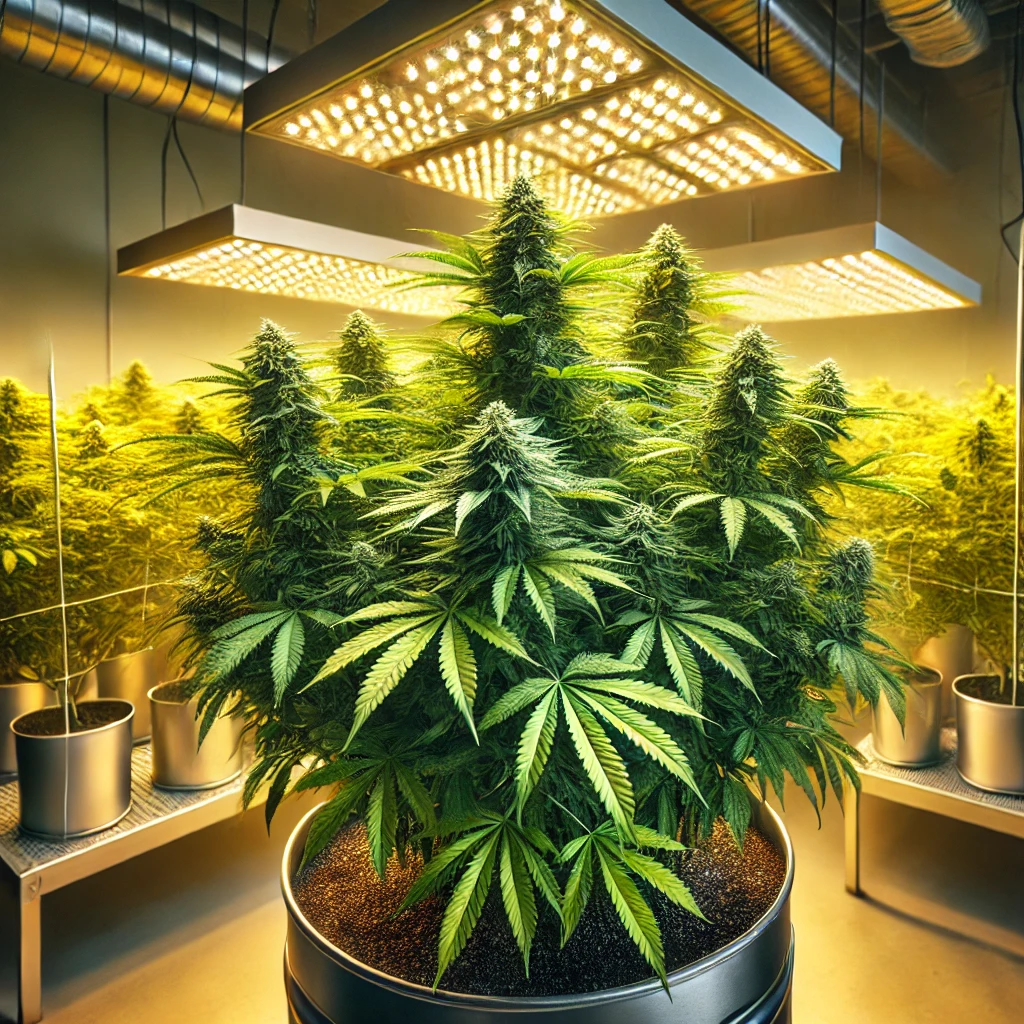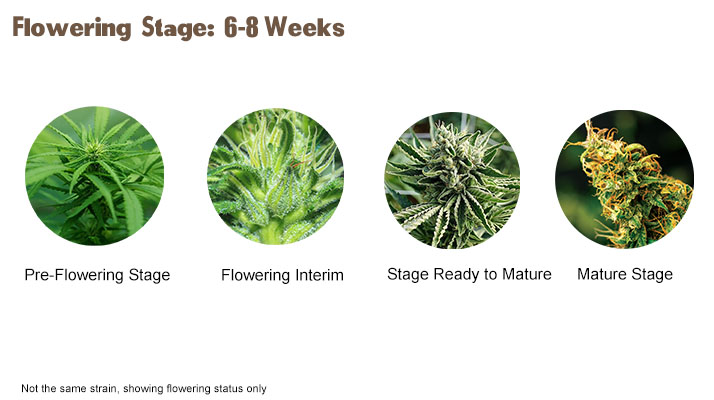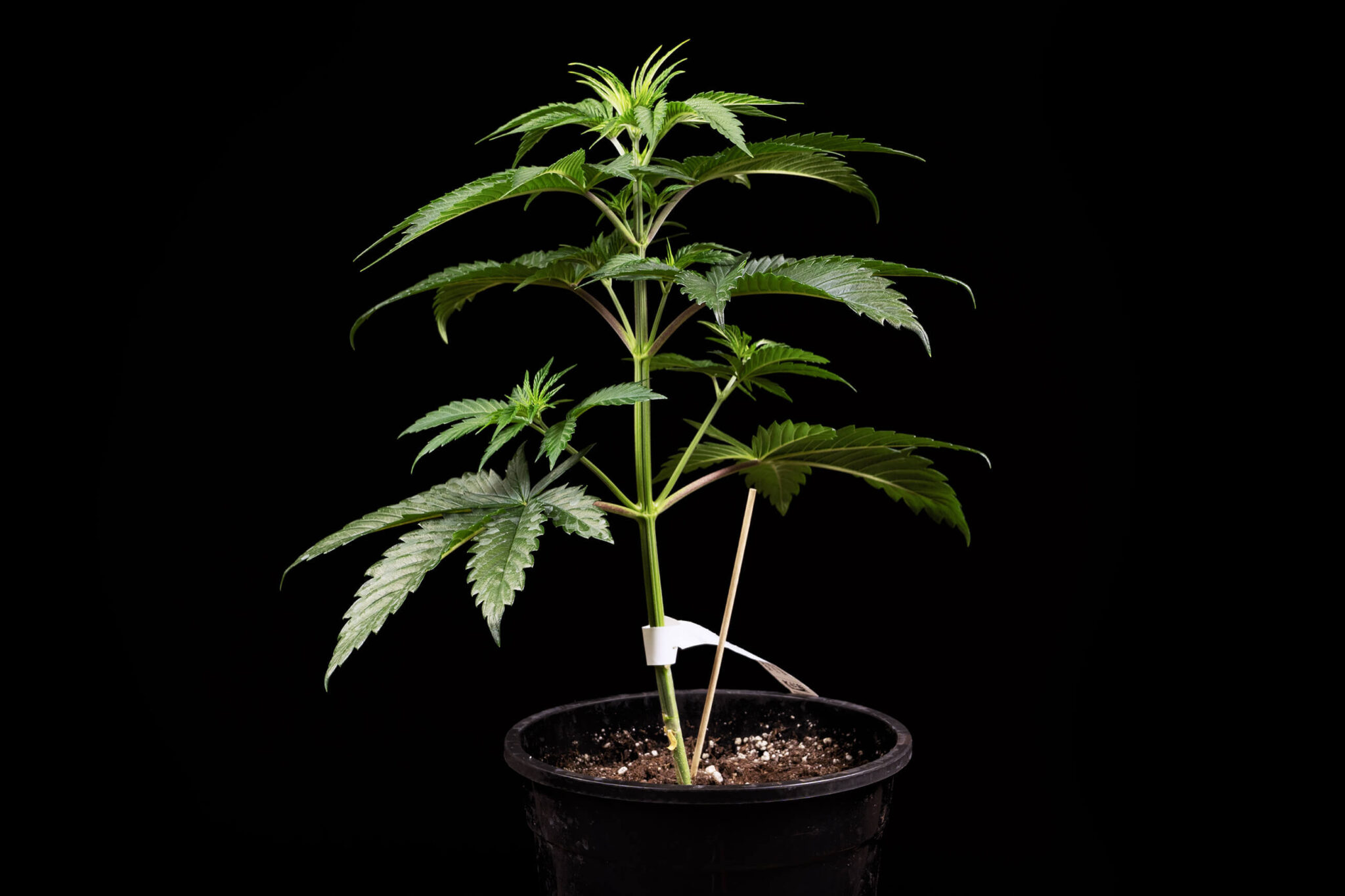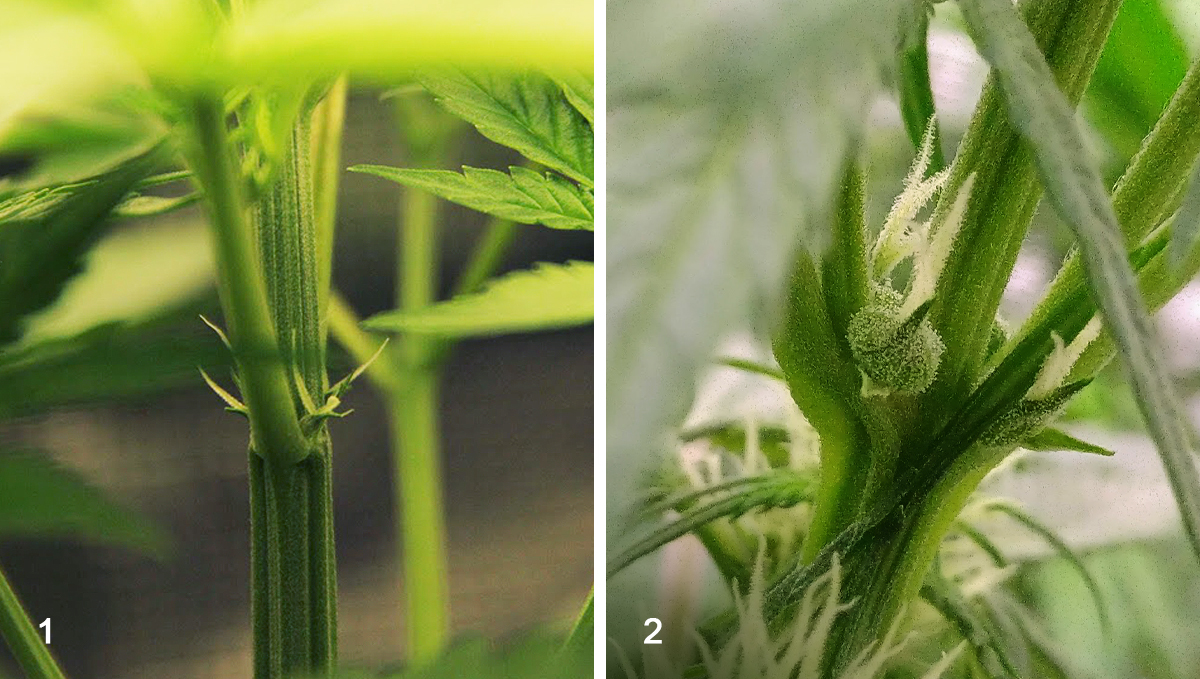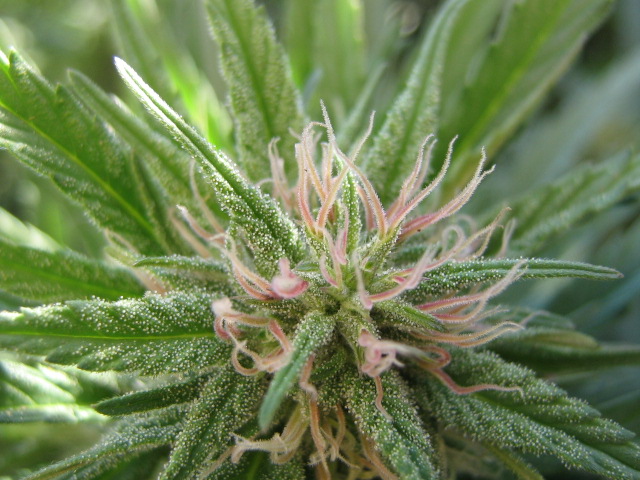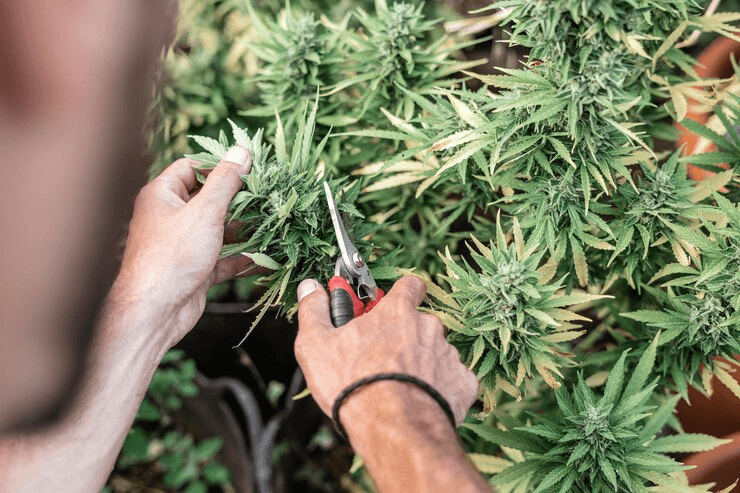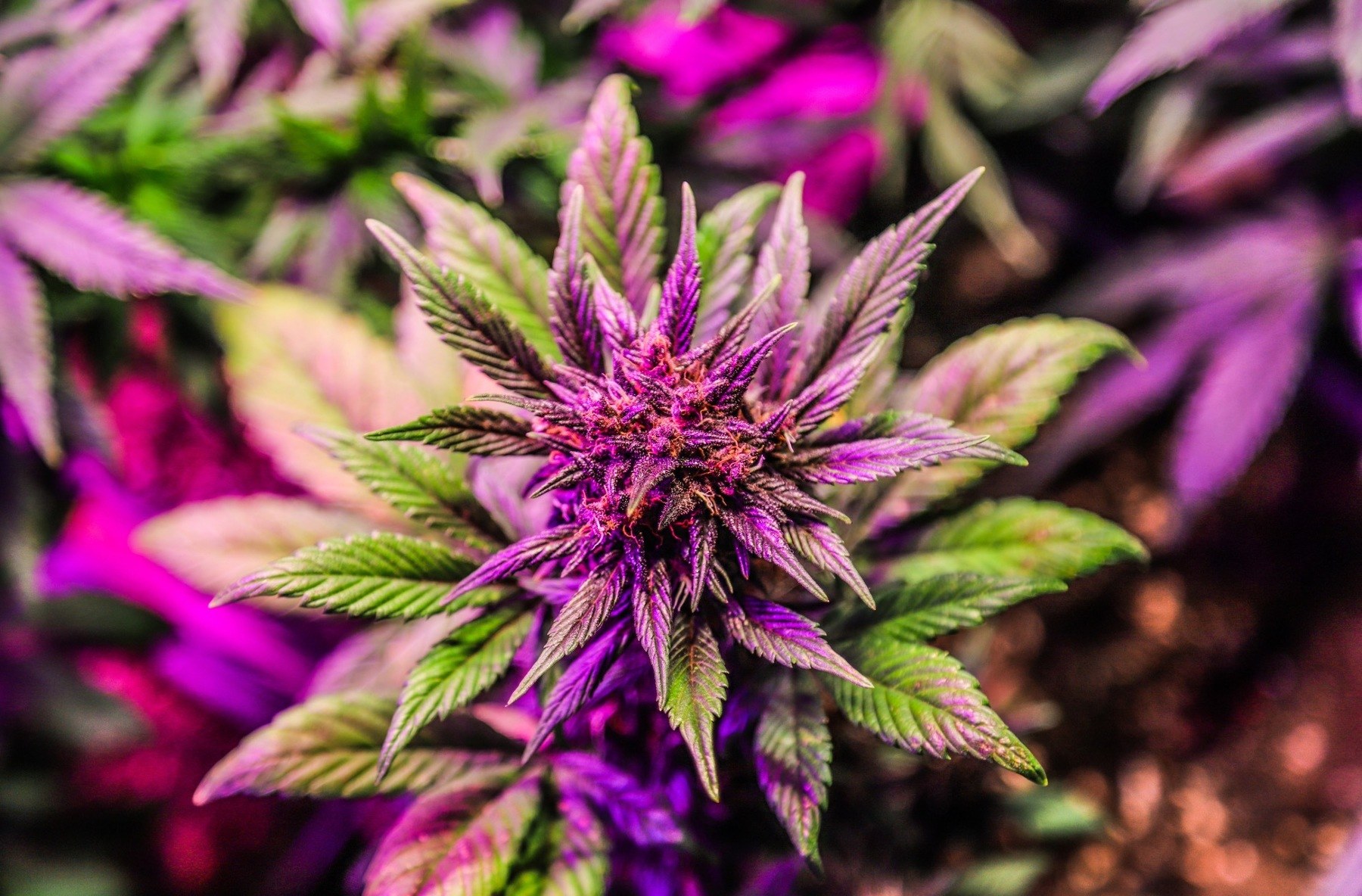How To Care For Marijuana Plants During Flowering

Imagine the gentle hum of a grow tent, bathed in the warm, rosy glow of flowering lights. The air hangs thick with a sweet, earthy aroma, a promise of the bounty to come. Rows of cannabis plants, heavy with resin-coated buds, stand tall, their fan leaves reaching towards the light like eager supplicants. This is the heart of the flowering stage, a critical period where careful cultivation can make all the difference between a mediocre harvest and a truly exceptional one.
The flowering stage is where the magic happens in cannabis cultivation. Understanding and catering to the specific needs of your plants during this phase is paramount for maximizing yield, potency, and overall quality. This article will serve as your guide, outlining the key aspects of caring for marijuana plants as they transition from vegetative growth to the glorious culmination of the flowering cycle.
Understanding the Flowering Stage
Before diving into specific care tips, it’s essential to grasp the basics of the flowering stage. Typically, this phase begins when the light cycle is switched to 12 hours of light and 12 hours of darkness. This change mimics the natural shortening of days as summer turns to autumn, signaling to the plants that it’s time to reproduce.
Different cannabis strains have varying flowering times, ranging from as little as 8 weeks to over 12 weeks for certain sativas. During this period, plants experience significant changes in their nutrient requirements, light sensitivity, and overall growth patterns.
Light: The Engine of Flower Production
Light remains one of the most critical factors during flowering. High-intensity discharge (HID) lamps like HPS (High Pressure Sodium) and MH (Metal Halide) were once the gold standard. However, LEDs (Light Emitting Diodes) are rapidly gaining popularity due to their energy efficiency, lower heat output, and customizable spectrums.
Optimal light spectrums for flowering tend to lean towards the red and orange end of the spectrum. These wavelengths promote bud development and resin production. Some growers utilize "blurple" (blue and purple) LED lights, while others prefer full-spectrum options for a more balanced approach.
Light distance is crucial. Too close, and you risk light burn, damaging the delicate buds. Too far, and the plants won’t receive sufficient energy for optimal growth. Monitor your plants closely and adjust light height accordingly, aiming for a distance that prevents heat stress and encourages vigorous bud development.
Nutrients: Fueling the Bloom
As your plants transition into flowering, their nutritional needs shift dramatically. Nitrogen, which is crucial for vegetative growth, becomes less important. Phosphorus and potassium, on the other hand, become the stars of the show.
Phosphorus is vital for flower development, root health, and overall energy transfer. Potassium plays a key role in enzyme activation, sugar production, and water regulation within the plant. Many commercially available cannabis nutrient lines offer specific "bloom" formulas tailored to these needs.
Be cautious not to overfeed your plants. Nutrient burn, characterized by yellowing or browning leaf tips, is a common problem during flowering. Start with lower concentrations than recommended and gradually increase as needed, always monitoring your plants for signs of distress.
Watering: Striking the Right Balance
Proper watering is crucial throughout the entire cannabis life cycle, but it's particularly important during flowering. Overwatering can lead to root rot, while underwatering can stress the plants and reduce yields.
Allow the top inch or two of soil to dry out between waterings. Lift the pot – if it feels light, it's likely time to water. When watering, saturate the entire growing medium and allow excess water to drain away.
Consider the quality of your water. Tap water may contain chlorine or chloramine, which can be harmful to beneficial soil microbes. If using tap water, let it sit out for 24 hours to allow these chemicals to dissipate, or invest in a water filter.
Environmental Control: Creating the Ideal Climate
Maintaining a stable and optimal environment is paramount for successful flowering. Temperature, humidity, and airflow all play significant roles in plant health and bud development.
Temperature
During the flowering stage, aim for temperatures between 68-77°F (20-25°C) during the day and slightly cooler temperatures at night. Excessive heat can cause stress, reduce resin production, and even lead to hermaphroditism (the development of male flowers on female plants).
Humidity
Humidity levels should gradually decrease as flowering progresses. Start with around 50-60% humidity in early flowering and reduce it to 40-50% in mid-flowering. As you approach harvest, aim for humidity levels below 40% to prevent mold and bud rot.
Airflow
Good airflow is essential for preventing stagnant air pockets and reducing the risk of mold and mildew. Use fans to circulate air throughout your grow space, ensuring that all parts of the plants are exposed to a gentle breeze.
Pruning and Training: Shaping Your Yield
Strategic pruning and training can significantly enhance yields during flowering. Removing lower branches that receive little light, often referred to as "lollipopping," directs the plant's energy towards developing the top buds.
Techniques like Screen of Green (ScrOG) and Low Stress Training (LST) can also be employed to maximize light penetration and create a more even canopy. These methods involve bending and tying down branches to encourage lateral growth and expose more bud sites to the light.
Be mindful not to over-prune during flowering. Excessive pruning can stress the plants and reduce yields. Focus on removing unwanted growth and opening up the canopy to improve airflow and light penetration.
Pest and Disease Control: Protecting Your Investment
Pests and diseases can quickly decimate a cannabis crop, especially during the vulnerable flowering stage. Regularly inspect your plants for signs of infestation or infection.
Common pests include spider mites, aphids, and whiteflies. Organic pest control methods, such as neem oil and insecticidal soap, are often effective in controlling these infestations. Beneficial insects, like ladybugs, can also be introduced to prey on pests.
Mold and bud rot are common fungal diseases that thrive in humid environments. Proper ventilation, humidity control, and preventative treatments with organic fungicides can help prevent these problems.
Harvesting and Curing: The Final Touches
Knowing when to harvest is crucial for maximizing potency and flavor. The general rule of thumb is to harvest when the trichomes (the resin glands on the buds) have transitioned from clear to milky white, with some amber trichomes appearing.
Harvesting too early can result in lower potency and an energetic, "racy" high. Harvesting too late can lead to a more sedating, "couch-lock" effect. Use a jeweler's loupe or magnifying glass to examine the trichomes closely and determine the optimal harvest time.
Proper curing is essential for developing the full flavor and aroma of your cannabis. After harvesting, hang the plants upside down in a dark, cool, and well-ventilated space for several days until the stems snap rather than bend. Then, trim the buds and place them in airtight jars, burping them daily for several weeks to allow moisture to escape.
Conclusion
Caring for marijuana plants during flowering is an art and a science, demanding attention to detail and a deep understanding of plant biology. By providing the right light, nutrients, water, and environmental conditions, you can guide your plants towards a bountiful and rewarding harvest. The journey from seed to smoke is a labor of love, culminating in the satisfying reward of enjoying the fruits (or rather, flowers) of your labor. The dedication to understanding and responding to the unique needs of your plants will not only lead to better yields but also a deeper appreciation for the magic of cannabis cultivation. It's a process of continuous learning and refinement, where each grow cycle brings new insights and opportunities to hone your skills and cultivate truly exceptional cannabis.
